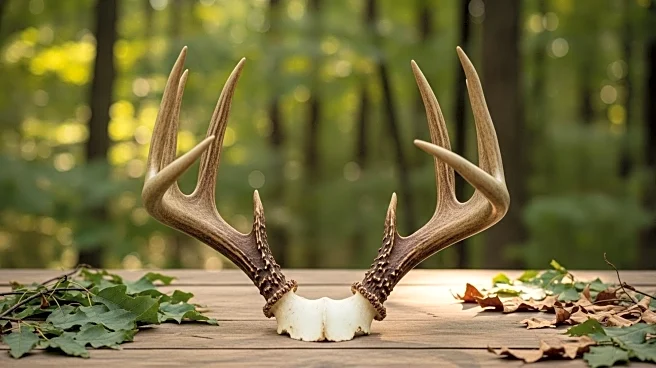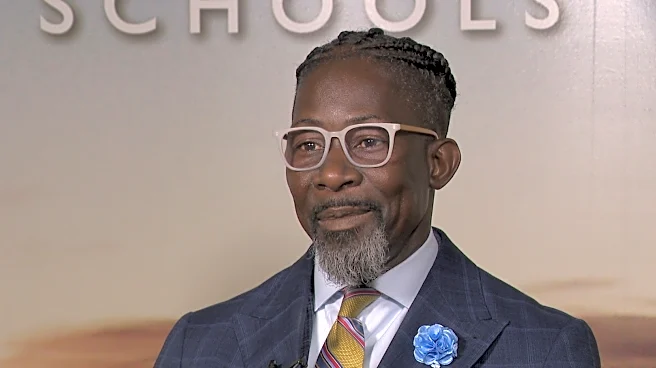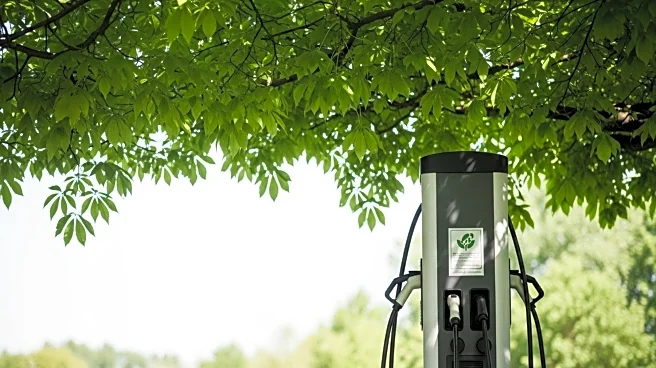What's Happening?
Jennifer Armstrong, a frequent thrift store visitor, discovered a valuable midcentury-modern coffee table at a Goodwill store in Swarthmore, Pennsylvania. Initially appearing as an unremarkable gray-painted table, Armstrong recognized the distinctive midcentury-modern legs and decided to investigate further. Upon flipping the table, she found it was a genuine piece by Lane, a renowned American furniture company known for its durable and stylish designs. The table, marked with a serial number indicating it was made on August 25, 1956, was priced at $7.99. Armstrong, benefiting from a senior discount, purchased it for $5.59. Similar Lane tables can resell for between $650 and $3,900, with many averaging around $1,300. Armstrong plans to restore the table and sell it online.
Why It's Important?
This discovery highlights a growing trend in consumer behavior towards valuing and restoring quality vintage furniture over purchasing new, less durable items. The Environmental Protection Agency (EPA) reports a significant increase in furniture waste, from 2.2 million tons in 1960 to over 12 million tons in 2018, with most ending up in landfills. Armstrong's find underscores the potential for reducing waste by repurposing and restoring durable furniture. This trend not only supports environmental sustainability but also offers economic opportunities for individuals who can identify and restore valuable items.
What's Next?
Armstrong plans to restore the table by stripping the paint, sanding, and re-staining it before listing it for sale on platforms like Etsy and eBay. Her actions may inspire others to consider the environmental and economic benefits of restoring vintage furniture. As awareness grows, there could be increased interest in sustainable furniture practices, potentially influencing consumer habits and reducing landfill contributions.
Beyond the Headlines
The broader cultural shift towards valuing durable, classic furniture over 'fast fashion' furniture reflects a growing awareness of sustainability issues. This trend may lead to a reevaluation of consumer habits, encouraging more people to invest in quality items that last longer and reduce waste. Additionally, it highlights the potential for thrift stores to serve as valuable resources for finding hidden gems, promoting a circular economy.











